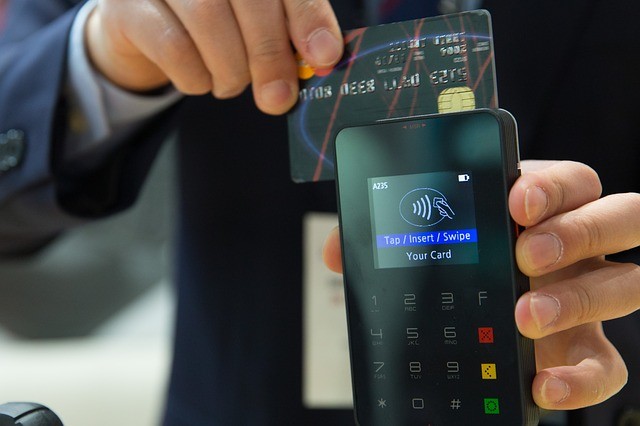We’ve all got habits that we do weekly that cost us money. Most of the time they’re small, such as buying a cup of coffee or eating out for lunch. But just how much do these innocent purchases cost us over time?
Let’s take a look into five weekly spending habits that could be costing more than you think, and five quick solutions that could help you curb your spending habits.
1. Buying lunch
We all need to eat for a productive work day, but here are some surprising stats on the costs of buying lunch at work:
- Data from the Choosi Workplace Report has revealed Australians spend an average of $31 purchasing lunch during the working week or approximately $17,110,378,089 annually.
- An ABS survey showed that millennial’s (adults under 34) are spending at least $100 a week eating out or getting takeaway, which is $5,200 a year.
A quick solution
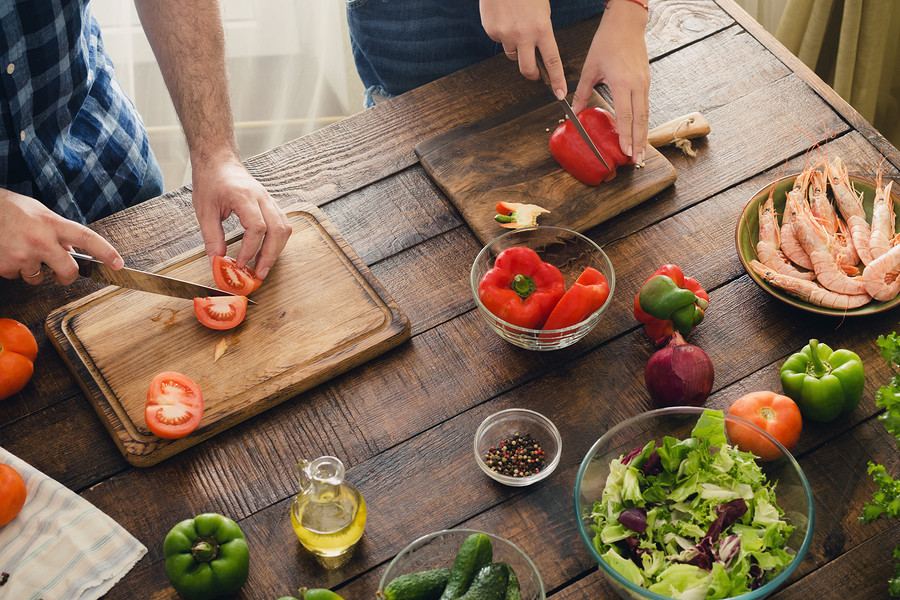
Making lunch at home is an easy way to cut down on compulsive weekly meal costs. Set aside some time on the weekend to prepare your meals and keep them in lunch boxes. When you leave for work in the morning all you have to do is take one lunch box before you step out the door.
2. Daily coffee
Australia is the 42nd largest consumer of coffee in the world at almost 3kg per capita. This is about 1-2 cups a day, which can turn into big costs. For example, respondents of the Choosi Workplace Report indicated they buy on average two cups of coffee on a regular workday, spending an average of $4 per cup. That’s 4,640,316,271 cups of coffee, valued at approximately $18,697,890,676 annually.
As for Australia’s coffee habits, more people are visiting cafés for coffee rather than buying fresh or instant coffee. Plus, Sydneysiders buy more coffee in cafés (4.41 cups a week on average) than Melburnians (3.91 cups).
A quick solution
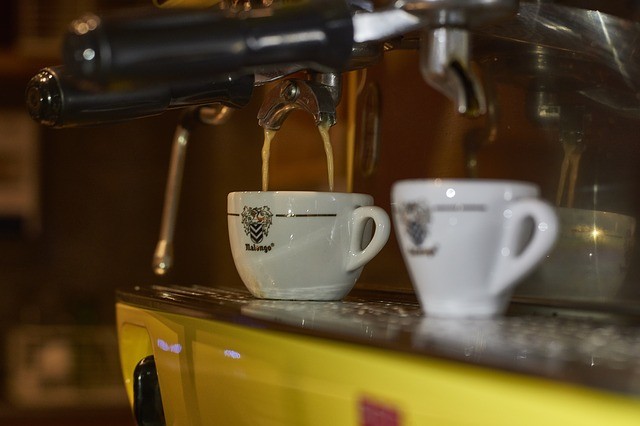
Does your workplace have a coffee machine? If it does you can start making it there. Or you could make the switch to tea instead. If you catch public transport to work you can also prepare your daily brew at home and take with you in a keep cup or thermos.
3. Daily commute
Depending on where you live, transport costs could be cheaper or more expensive. Here’s the lowdown on the costs:
- Compared with the previous quarter, the average Australian metropolitan household now spends $306 more on transport ($17,912 a year). Also, the average regional household now spends $318 more on transport ($14,326 a year).
- Sydney households face the highest transport costs, paying $419 a week (around $22,000 a year).
- In Melbourne, public transport costs are cheaper for longer trips, but more expensive for shorter trips.
- Adelaide’s public transport costs have become cheaper, saving regular users up to $306 a year.
- In Brisbane, public transport users have to pay up to 29 cents more per trip.
A quick solution
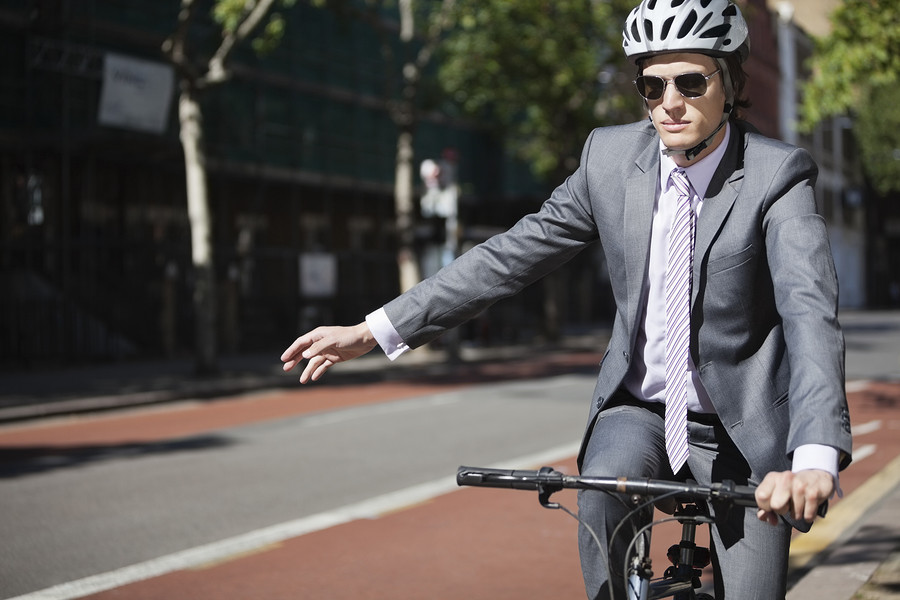
This will vary depending on your transport needs. The easiest way to cut down on transport costs is to ask yourself where there is unnecessary expenditure. Can you walk to work, or at least walk part of the way? Or is cycling to work a viable option?
4. Car maintenance, fuel and registration
Australians spend $65.8 billion a year on cars, with a person aged under 35 spending $24 a week on fuel. Car ownership also includes registration and maintenance costs.
The registration costs you pay depend on where you live. For example:
- New South Wales – The costs include the annual registration fee ($66), a vehicle safety check ($41 for a light vehicle), and standard number plates ($46).
- Victoria – The costs include a registration fee and a Transport Accident Charge (TAC). The prices depend on the type of car and where it’s usually kept (risk zone), eg the total cost of registering a sedan kept in a metropolitan area (high-risk zone) is $816.50.
- Queensland – The costs include the registration fee, traffic improvement fee, and compulsory third party (CTP) insurance premium.
A quick solution
Consider the cost of maintaining your car against how much you need it for daily activities. If you find that you don’t really need it, you may be better off without one. Alternatively, you could also opt to drive a car that is fuel efficient and needs little ongoing maintenance. There are many thorough guides you can use to find a car that will meet your needs and not cost an arm and a leg!
5. Alcohol
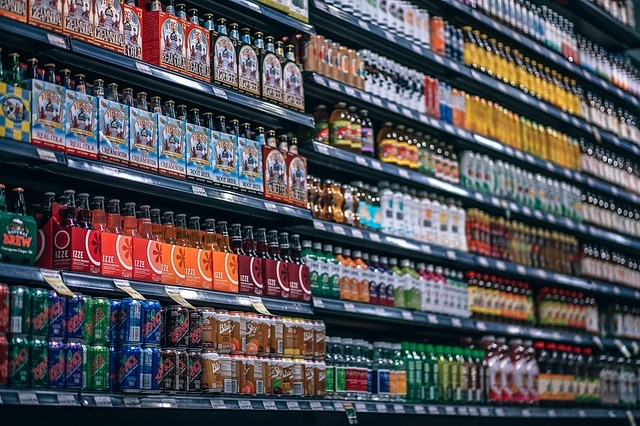
Australians spend $14.9 billion a year on alcohol, with a person aged under 35 spending $22 a week. The average monthly spend per person is around $125.
To reduce Australia’s alcohol consumption and alcohol-related harms, a draft strategy from the government plans to increase booze prices. Here’s what you can expect:
- A $10 casket of wine could now cost $45.
- A $47 slab of beer could now cost more than $50.
- A $7 bottle of sparkling wine could now cost $10.
This may be bad news for alcohol lovers, but it’s good news for your health and wallet.
A quick solution
Rather than having the end of the day beverage after work, try save alcohol for special occasions or get-togethers with family and friends.
Reign in your spending habits
Obviously, it’d be unreasonable for anyone to expect you to stop drinking coffee or going to work altogether. But you can find ways to do it more cheaply, like bringing your own lunch to work, drinking less coffee and alcohol, and carpooling to work. By reigning in your spending habits, you can save major money.


